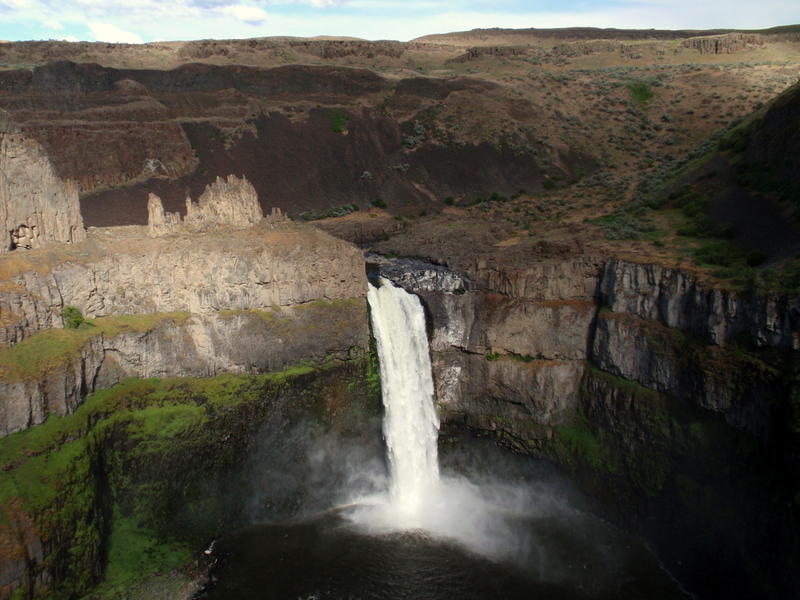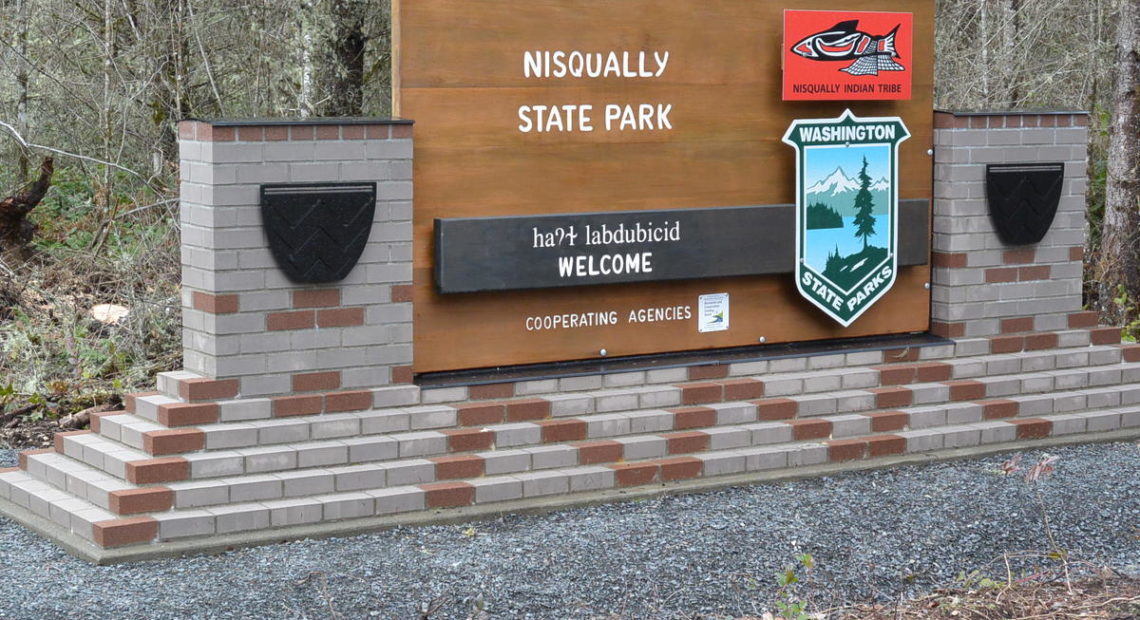
Public Lands Managers Ask: Have Plan A, B Or C Ready To ‘Recreate Responsibly’ This Weekend
READ ON
If you decide to go for a hike this weekend, be safe and responsible – that’s the message state and federal officials are giving to recreationalists. For other counties trying to reduce the number of COVID-19 cases in their borders, the message is: don’t come here.
You don’t have to stay home, just follow your county’s travel guidelines, says Kittitas County public information officer Kasey Knutson. Sometimes that means you shouldn’t travel, like to Kittitas County.
The county is home to popular camping and hiking spots, but people who live elsewhere could bring the coronavirus with them – just as Kittitas County will learn if its application to move on to phase two of Washington’s reopening plan is accepted on May 26 (the day after Memorial Day).
“We have a lot of folks here who are really feeling like this is a high stakes situation,” Knutson says.
When people travel, they get gas, they might stop for supplies.
“In smaller places, maybe there’s only one gas station, so you have everyone that’s potentially trickling outside of the county into that area using one facility – those are sort of the typical tourist stops – because most of our small businesses continue to be closed because we’re not in phase two,” Knutson says.
So, if you decide to stretch your legs this long weekend, she says head to a trail or forest closer to home.
Most state public lands day-use areas are open. No camping is allowed at this time.
On those trails, state officials are asking that you take precautions: stay six feet away from people, wear masks if you can’t meet that guideline, bring hand sanitizer, water and soap. You should also pack out what you pack in.
New Normal
“What we’ve been talking about as an outdoor community is that the ‘new normal’ or the new common courtesy is to have some kind of a face covering with you to make sure that you can cover your nose and mouth when you’re around other folks,” DNR spokesperson Paige DeChambeau says.
It might not be a bad idea to also carry a bell or something that makes a bit of noise, DeChambeau said – that is, after wildlife haven’t seen as many people on trails for a few months.
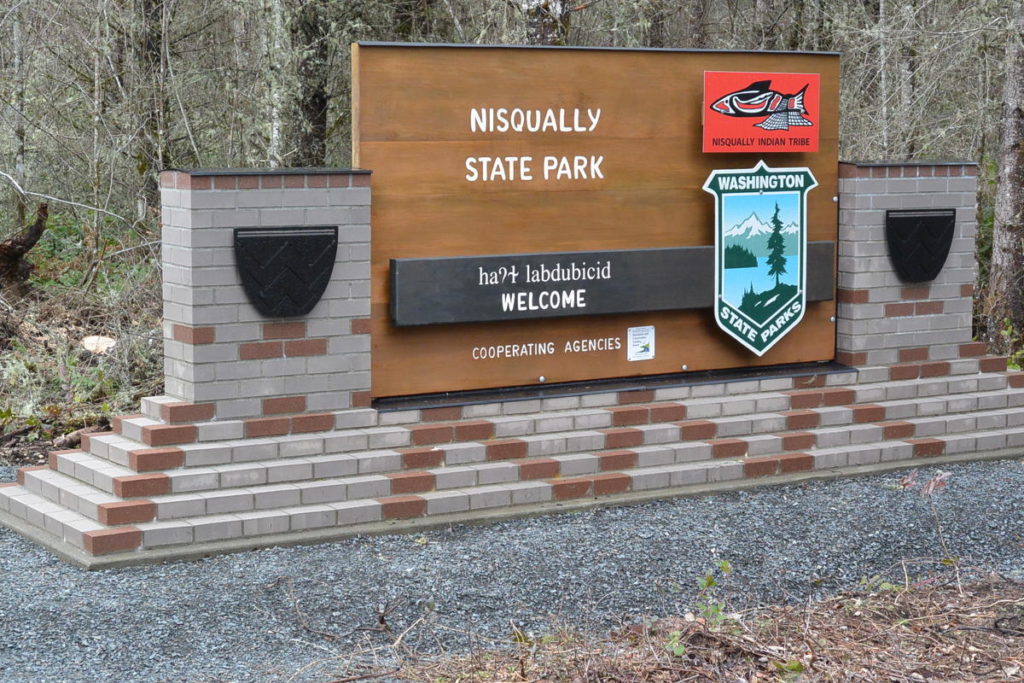
Most state parks in Washington opened earlier in May, with some in popular areas like the Columbia Gorge at Pacific Coast staying closed to prevent overcrowding. CREDIT: Washington State Parks
DNR is teaming up with 50 outdoor recreation groups and businesses to get out the word, starting in Washington and growing to a nationwide campaign.
“It’s making sure that people know what they should be doing. If people are doing the right thing, we can guarantee to keep the lands open. Whereas, if we see a lot of unmasked folks or people without face coverings in high concentrations, that will give us pause on whether or not to keep certain places open,” DeChambeau says.
In the weekend after state lands re-opened, many people gathered at parks such as Palouse Falls. It was the same reasoning Washington officials closed down parks in March.
Washington DNR and the Department of Fish and Wildlife say they’ll have officers on hand this weekend to educate people and help them abide by health and safety guidelines.
WDFW also issued a public service announcement, asking people to stay close to home and mind health guidelines, especially in areas where fishing spots usually are shoulder-to-shoulder.
“People are cooped up. They’re ready to get back outside. So we expect a lot of people are going to want to hike, mountain bike, fish and hunt,” WDFW spokesperson Staci Lehman says. “There will be times when trailheads or crowded or boat launches are crowded, and we still ask that they stay six feet away from other people.”
Plan A, B or C
Lehman suggests: If your favorite spot is too crowded, find a Plan A, B or C. Come back later in the day or another day.
“That’s the beauty of Washington,” Lehman says. “We have so many different areas where you can recreate.”
To add to that list: national forests are also opening up trailheads and day use areas, in a phased approach. Many forests will open on Friday, May 22. Call ranger districts ahead of time to make sure where you want to go is open.
Dispersed camping is allowed in most non-developed spots in national forests, outside the Columbia River Gorge National Scenic boundary area. But established, drive-in are still closed. Some high visitation areas, such as Ape Caves, will remain closed for now.
“Some of the amenities people might assume would be available may not be available at all locations. There might not be restroom facilities or garbage services,” Okanogan-Wenatchee National Forest Public Affairs Officer Chris Bentley wrote in an email. “We know that not everybody has experience dealing with our own human waste and some might assume that dog waste is fine in the woods. But we ask all visitors to the forest to dispose of these materials properly following Leave No Trace principles.”
Related Stories:
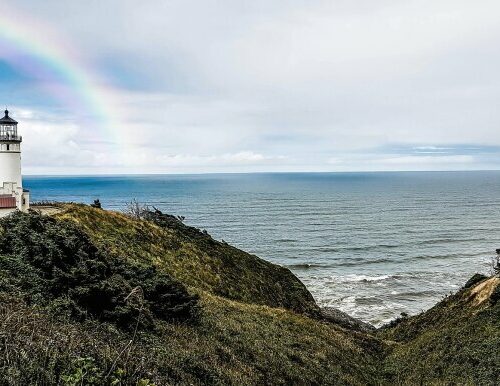
Report To Washington State Parks Commission Shows Barriers For Black Community Outdoors
The Washington State Parks Commission says it wants more Black community members to enjoy the outdoors.
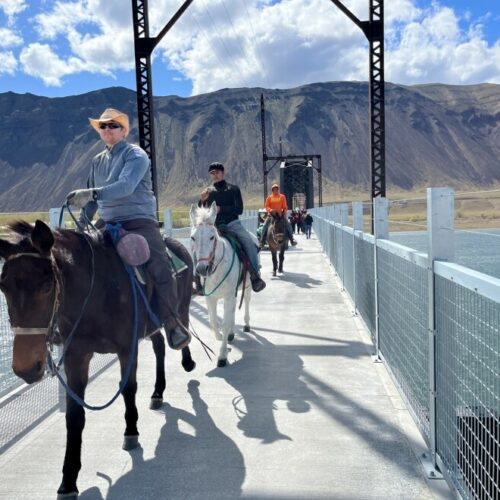
Riding Or Hiking Across Washington State Just Got Easier With New Bridge Over Columbia River
The Columbia River has long divided the two halves of Washington’s cross-state Palouse to Cascades State Park Trail. Now, a rebuilt rail trestle over the river south of Vantage connects the two sides making it easier for cyclists, horse riders and hikers to undertake a spectacular east-west journey.
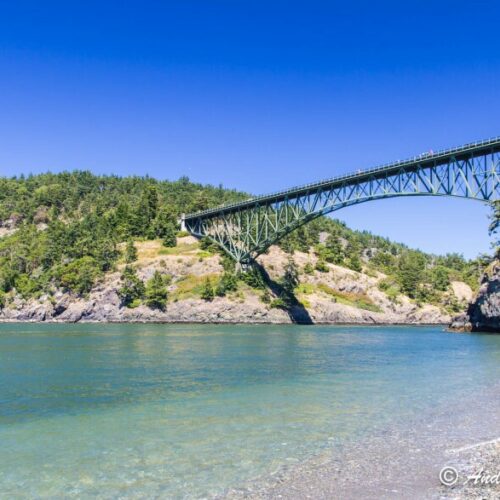
Court Ruling: Navy SEALs Cannot Use WA State Parks For Training
A judge ruled against a decision to allow the Navy to use Washington State Parks for covert training. Deception Pass State Park had been on the list of potential training

